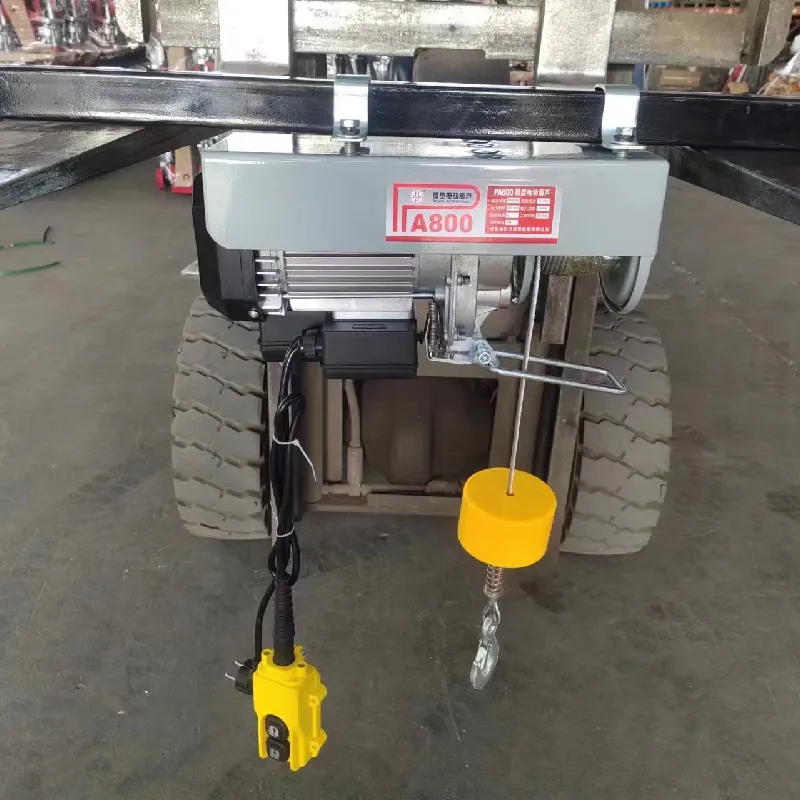


What is a Manual Pallet Jack?
A manual pallet jack, often referred to as a hand pallet truck, is a type of material handling equipment designed to lift and transport pallets. This basic yet essential tool serves various purposes in warehouses, distribution centers, and retail settings, making it a fundamental component of supply chain operations. Manual pallet jacks are particularly popular due to their simplicity, cost-effectiveness, and ease of use.
Design and Functionality
Manual pallet jacks typically consist of a heavy-duty frame with two forks that slide under the pallet, a hydraulic pump, and handlebars for steering and operation. The basic mechanism works as follows the operator maneuvers the pallet jack into place, inserts the forks under the pallet, pumps the hydraulic handle to lift the pallet off the ground, and then pushes or pulls the jack to transport it.
These jacks come in various sizes and load capacities, usually ranging from 2,200 to 5,500 pounds, ensuring that they can handle a wide array of pallet sizes and weights. The forks of a manual pallet jack are designed to fit standard pallet dimensions, allowing for compatibility across different types of pallets commonly used in logistics.
Advantages of Manual Pallet Jacks
1. Cost-Effective Compared to electric pallet jacks, manual options are generally less expensive to purchase and maintain. This makes them an appealing choice for small businesses or operations with limited budgets.
2. Simplicity The operation of a manual pallet jack is straightforward. There are no complex controls or electronic components, which means that training new employees to use the equipment can be quick and easy.

3. Versatility Manual pallet jacks are well-suited for various environments, whether indoor or outdoor, as they can operate on smooth surfaces, as well as on gravel or asphalt. This versatility makes them ideal for different tasks, from loading and unloading trucks to organizing inventory in warehouses.
4. Maintenance Since manual pallet jacks have fewer moving parts compared to their electric counterparts, they typically require less maintenance. Regular inspections, lubrication, and simple adjustments can keep them functioning effectively over the long term.
Limitations of Manual Pallet Jacks
While manual pallet jacks offer numerous advantages, there are also limitations to consider. The most significant drawback is that they require manual effort to operate. For heavy or bulky loads, this can lead to physical strain or injuries if not operated correctly. Moreover, they are not suitable for uneven surfaces, steep ramps, or high-volume operations where speed and efficiency are critical.
Additionally, manual pallet jacks have a limited lifting height, as they typically can only raise loads a few inches off the ground. This means that they may not be ideal for those needing to store pallets on high shelving or for operations requiring frequent elevation changes.
Conclusion
In summary, a manual pallet jack is a practical and indispensable tool for various industries involved in material handling. It combines simplicity, affordability, and versatility, making it ideal for small to medium-sized operations. While it does have limitations in terms of lifting capacity and manual effort, its overall benefits make it a valuable asset for anyone handling pallets. Understanding its features and proper usage can greatly enhance operational efficiency and safety in the workplace. Whether for loading goods onto trucks or reorganizing warehouse space, the manual pallet jack remains a staple in logistics and supply chain management.



